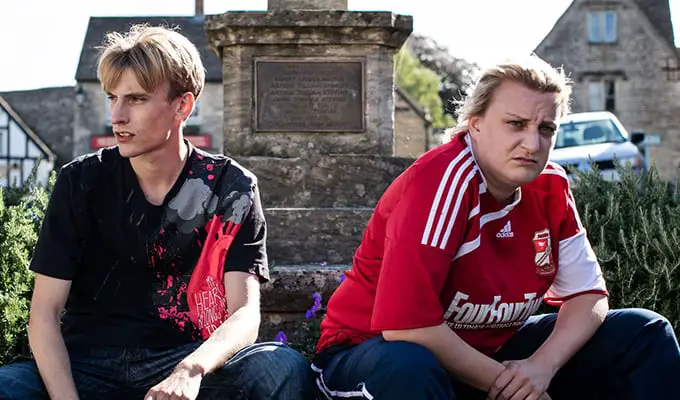-
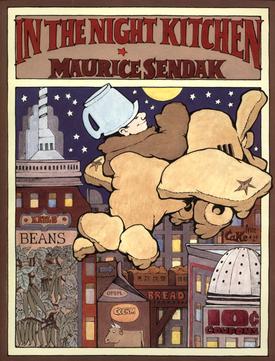
The Scary Kitchen in Children’s Stories
Most often, kitchens in children’s literature serve as metonyms of familial happiness, but every so often you do find a scary kitchen in which not all is well. The kitchen is the perfect place for a scary scene because it is at once close to home (in fact the hub of the home) and contains…
-
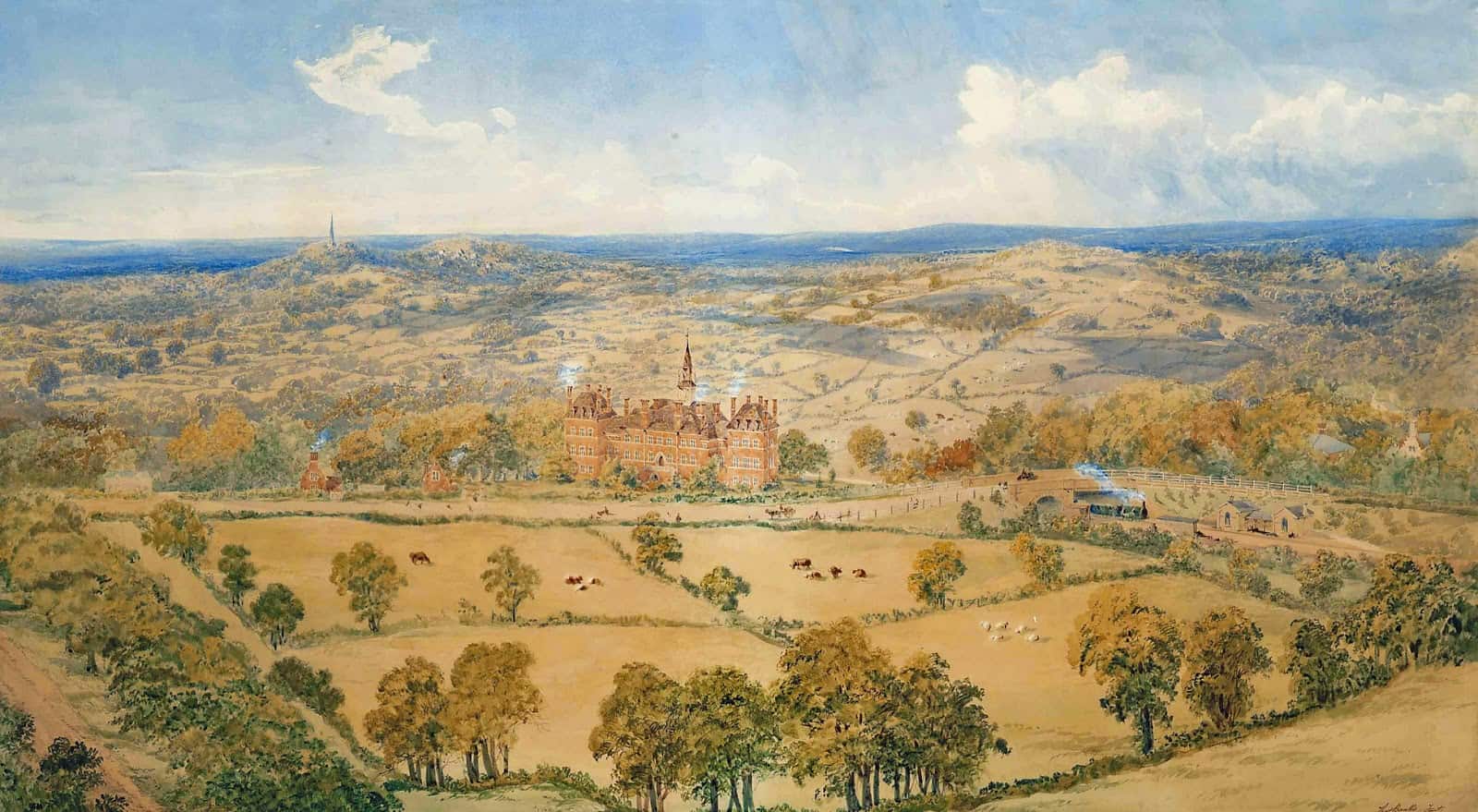
A Country Where You Once Lived by Robin Black Analysis
“A Country Where You Once Lived” by Robin Black (2010) is a great example of a short story in which the present story plays out alongside the backstory of a stand-out inflection point (“fulcrum”) which happened 13 years earlier. Two separate time periods merge into one. Whenever this happens in a story we are reminded…
-

Pine a Short Story by Robin Black Analysis
“Pine” is a short story from a collection called If I Loved You, I Would Tell You This published 2010, written by Robin Black. This is a wonderful example of a contemporary story loosely based on an old fairytale—this time it’s Bluebeard. “Pine” is also an excellent example of a story which centres a homophone…
-
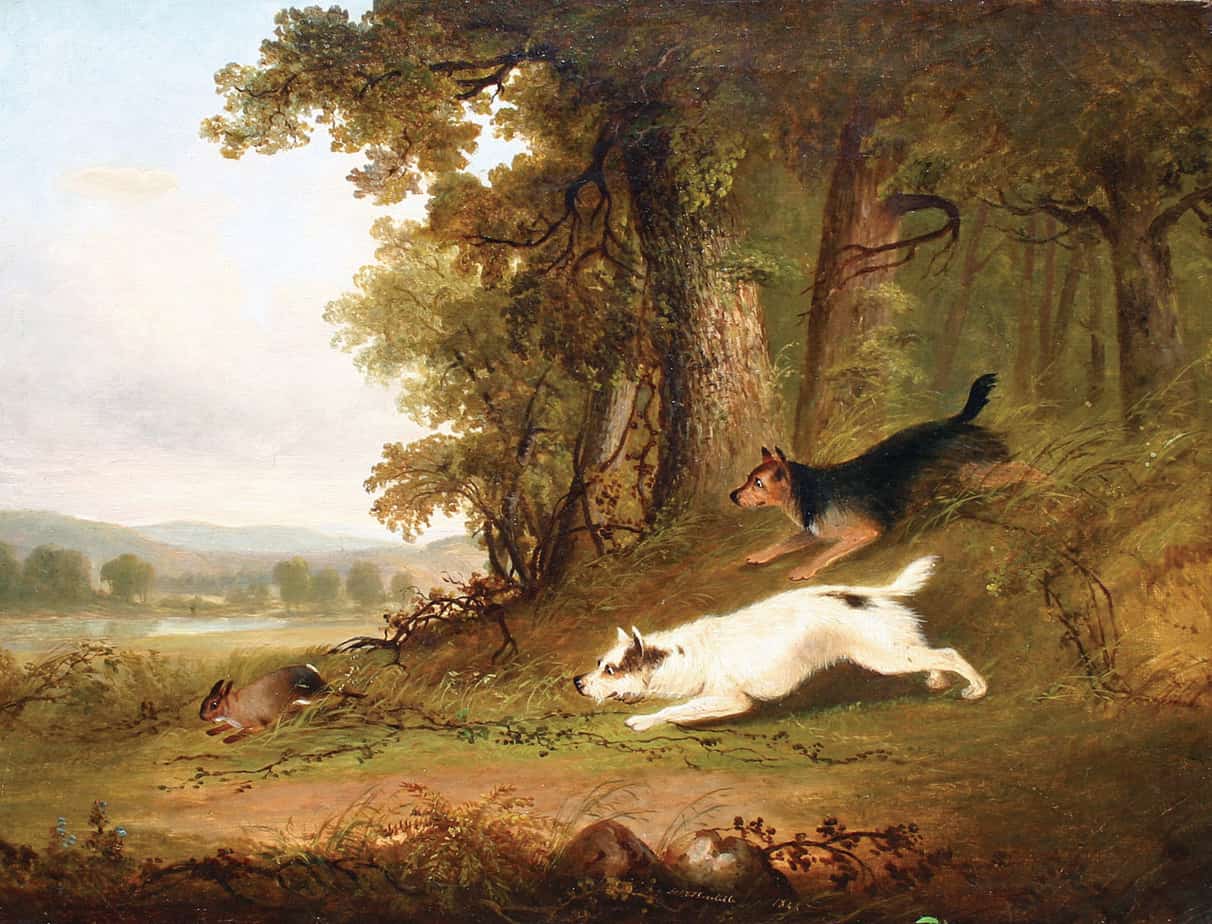
The Thrill of the Chase in Storytelling
In the spoof Thriller Concept Generator below, cartoonist Tom Gauld captures the centrality of the chase sequence in the thriller genre.
-
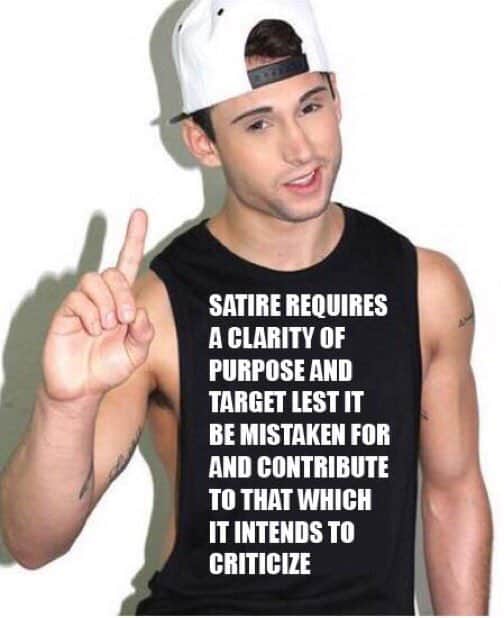
Satire, Parody, Pastiche and Farce
What’s the difference between satire, parody and farce? What about the difference between satire and irony? I frequently conflate these terms, so I looked up some definitions and examples. SATIRE Satire that lacks a clarity of target/intent is just support, whether that’s intended or not. – Real satire punches up. – The US dealt with…
-
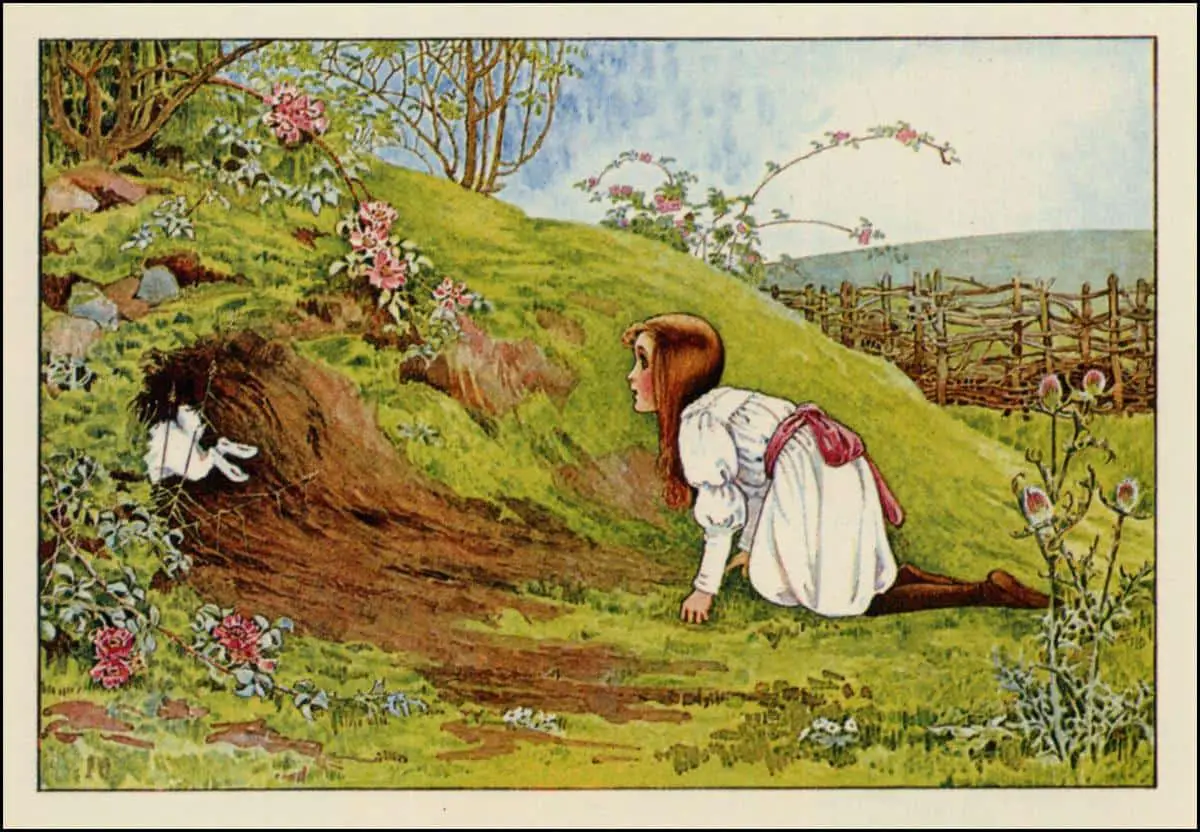
Rabbits and Hares in Art and Storytelling
Rabbits are strongly associated with babies and early childhood. They appear often in stories and art for children. But what about hares?
-
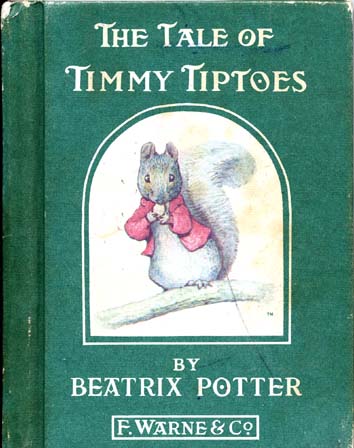
The Tale of Timmy Tiptoes by Beatrix Potter Analysis
Beatrix Potter was already popular by the time she published The Tale of Timmy Tiptoes (1911). The introduction to our 110th anniversary copy says the tale was created specifically to appeal to a new, American audience, with the inclusion of chipmunks. Unfortunately, Beatrix had never seen a chipmunk in real life. She must have relied…
-
Writing Activity: Describe The Shops
A collection of illustrations of shops
-
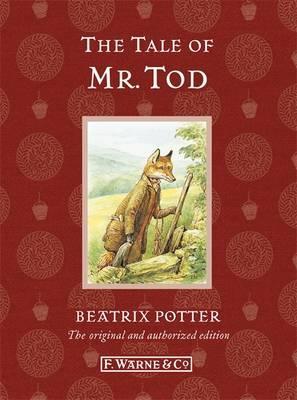
The Tale of Mr Tod by Beatrix Potter Analysis
The Tale of Mr. Tod by Beatrix Potter (1912) is a child-in-jeopardy crime thriller. See my post on thrillers and also my post on secrets and scams.
-
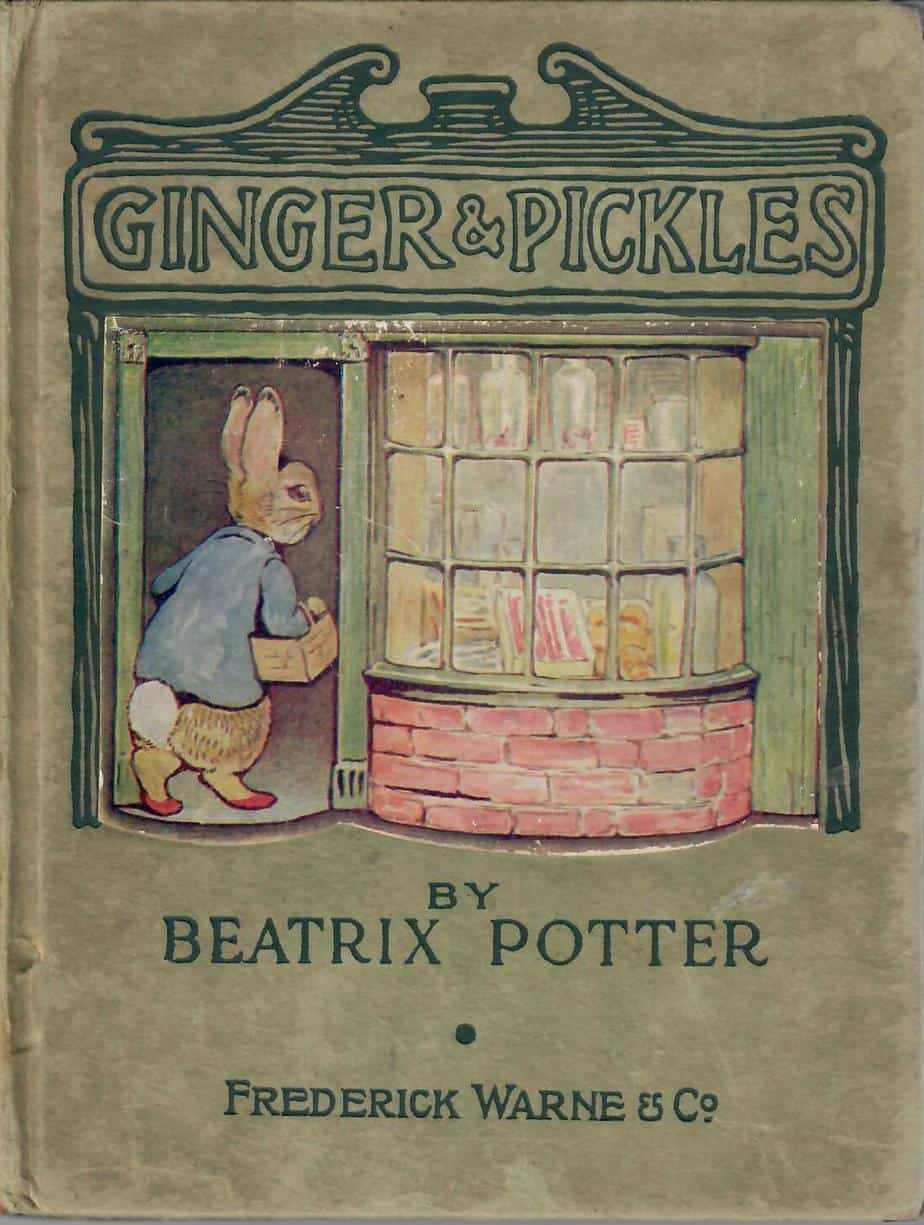
The Tale of Ginger and Pickles by Beatrix Potter Analysis
The Tale of Ginger and Pickles by Beatrix Potter is a story of utopian, idealised capitalism, first published 1909. This is how we’d all like capitalism to work — small local businesses provide goods and services; those friends providing the best goods and services win out, those ill-suited to small business find other, more suitable…
-
Do Americans really frown with their mouths?
I saw this widely shared on Twitter and wondered if this frown analysis were an oversimplification of reality: On the other hand, it may be true. It would explain why (American-made) frowny emoticons have no eyebrows to speak of. This explains why the frowny emoticons have never looked satisfying to me. They just look mildly…
-
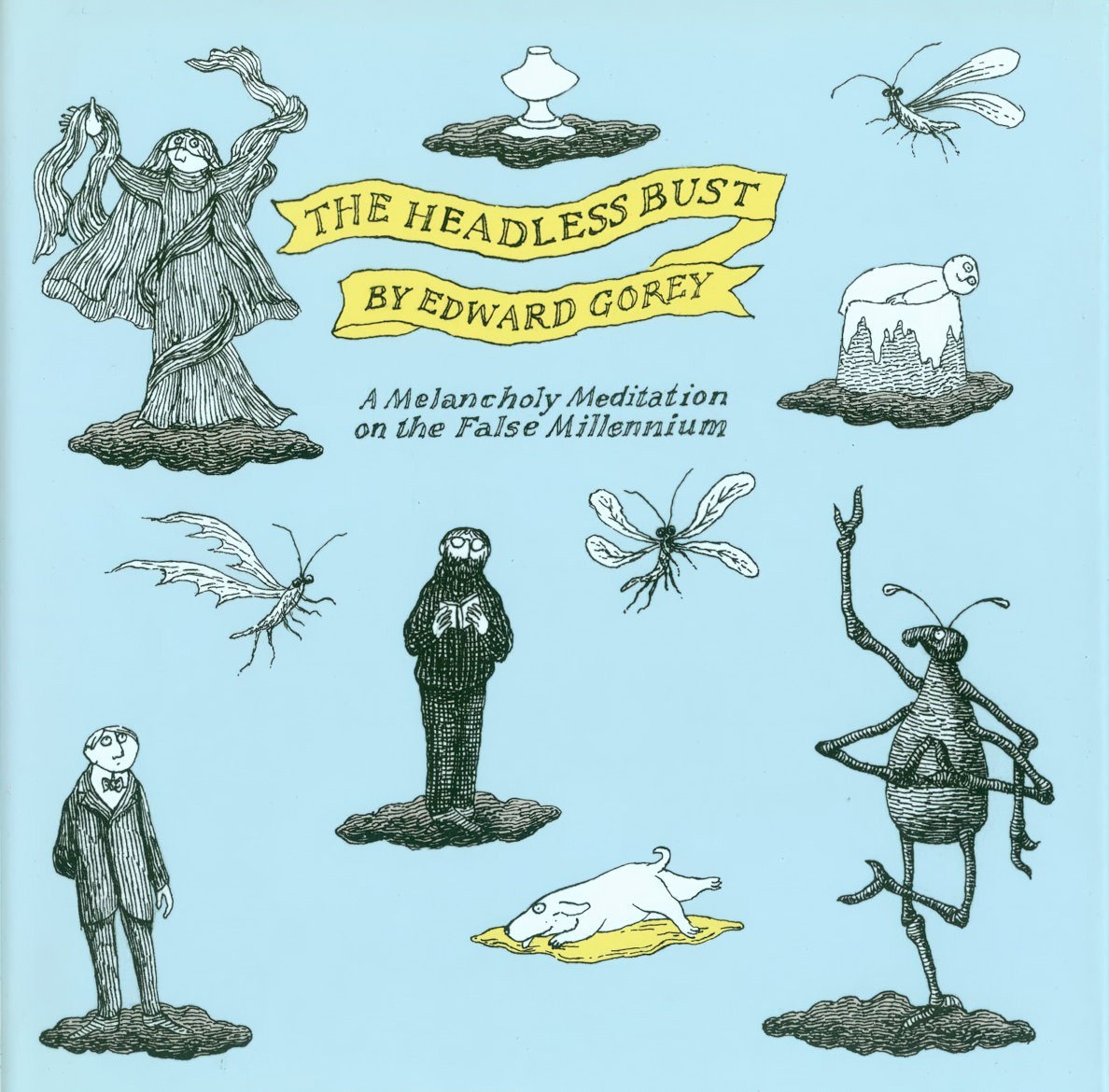
The Headless Bust by Edward Gorey Analysis
“The Headless Bust” is the sequel to “The Haunted Tea-Cosy”, which I tried to decipher the other day (with limited success). This one is actually a little easier to understand and we are basically given a pass for not understanding it anyway:
-
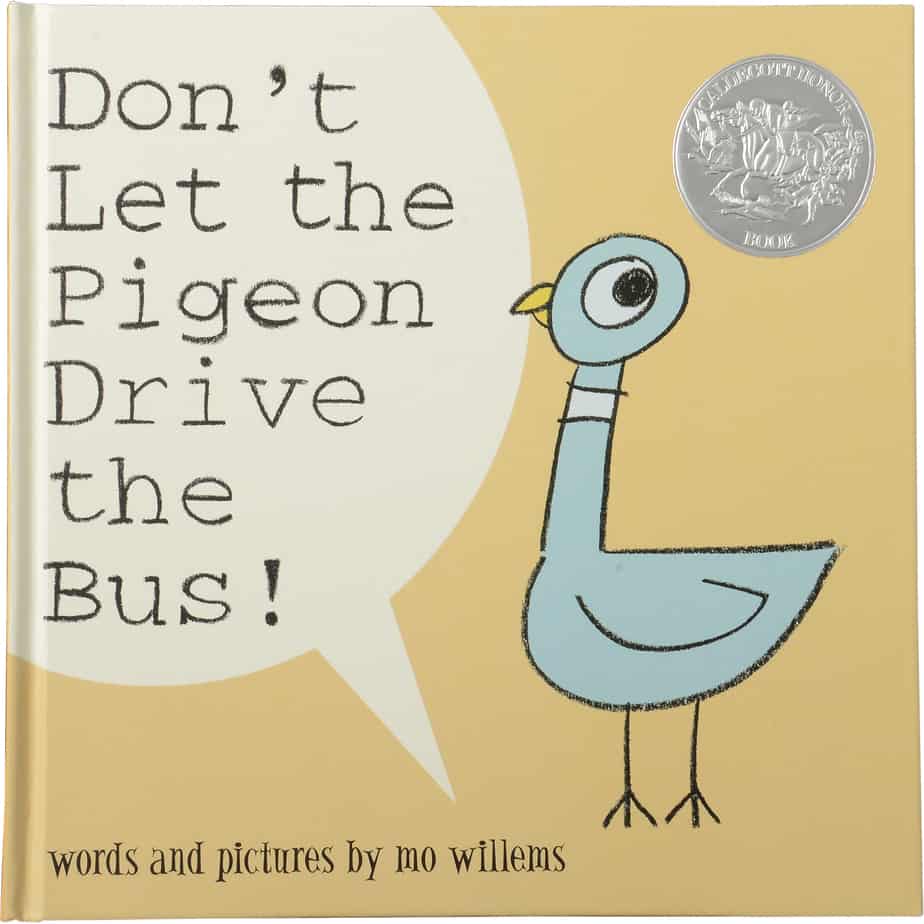
Don’t Let The Pigeon Drive The Bus! by Mo Willems Analysis
A comparison between Mo Willems’ Don’t Let The Pigeon Drive the Bus! and another from the same series, The Pigeon Wants A Puppy, highlights certain shared comedy writing techniques found in both. TECHNIQUES OF NOTE Directly addressing the young reader A main character who eventually tries to trick the reader A big struggle scene featuring…
-
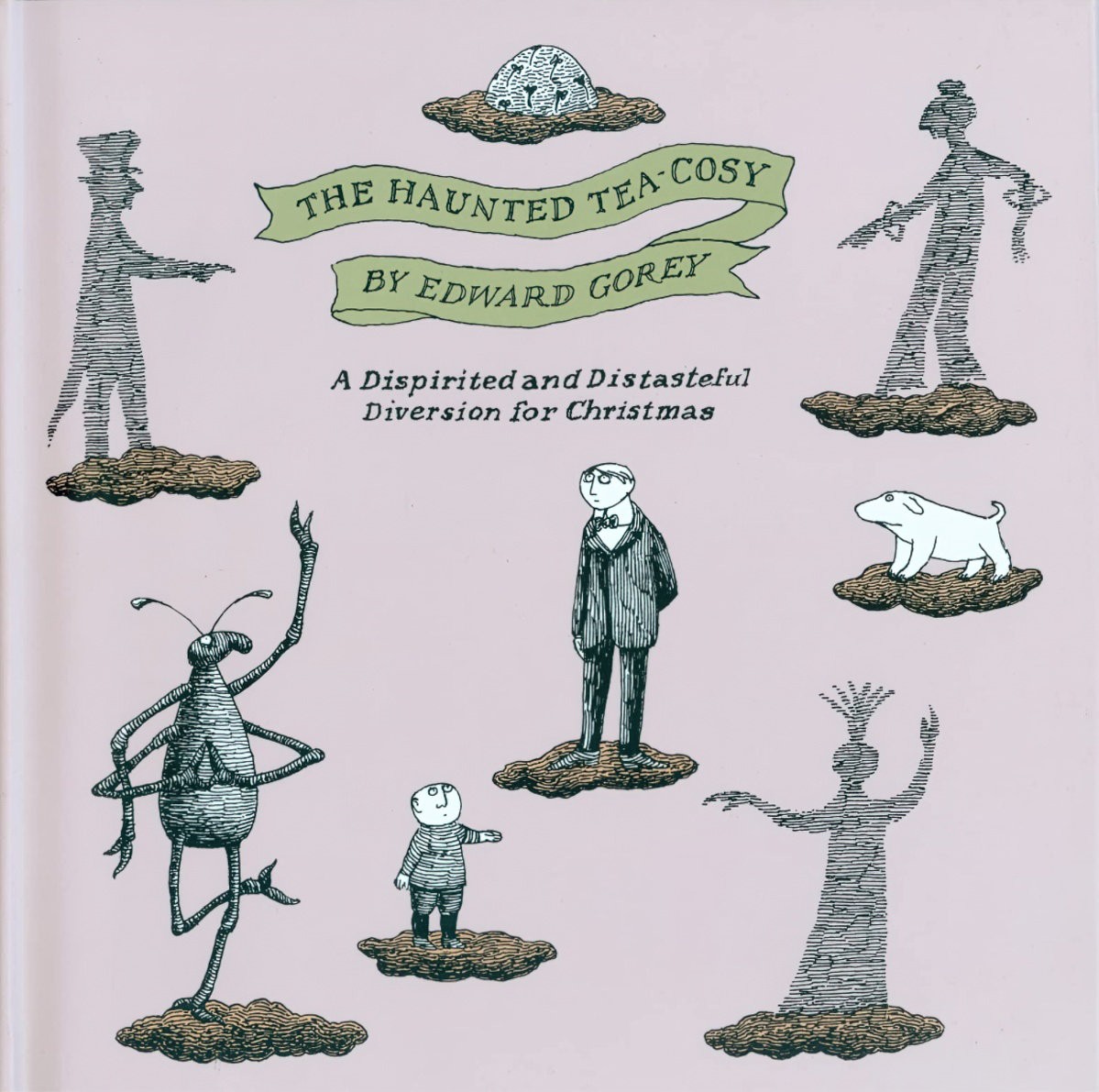
The Haunted Tea-Cosy by Edward Gorey Analysis
Edward Gorey was an American writer and illustrator who died in the year 2000. The Haunted Tea-Cosy: A Dispirited and Distasteful Diversion for Christmas is a picture book for adults, based on the cartoons first published in the December issue of the New York Times Magazine, 1997. Bloomsbury picked it up in an early-Internet era…
